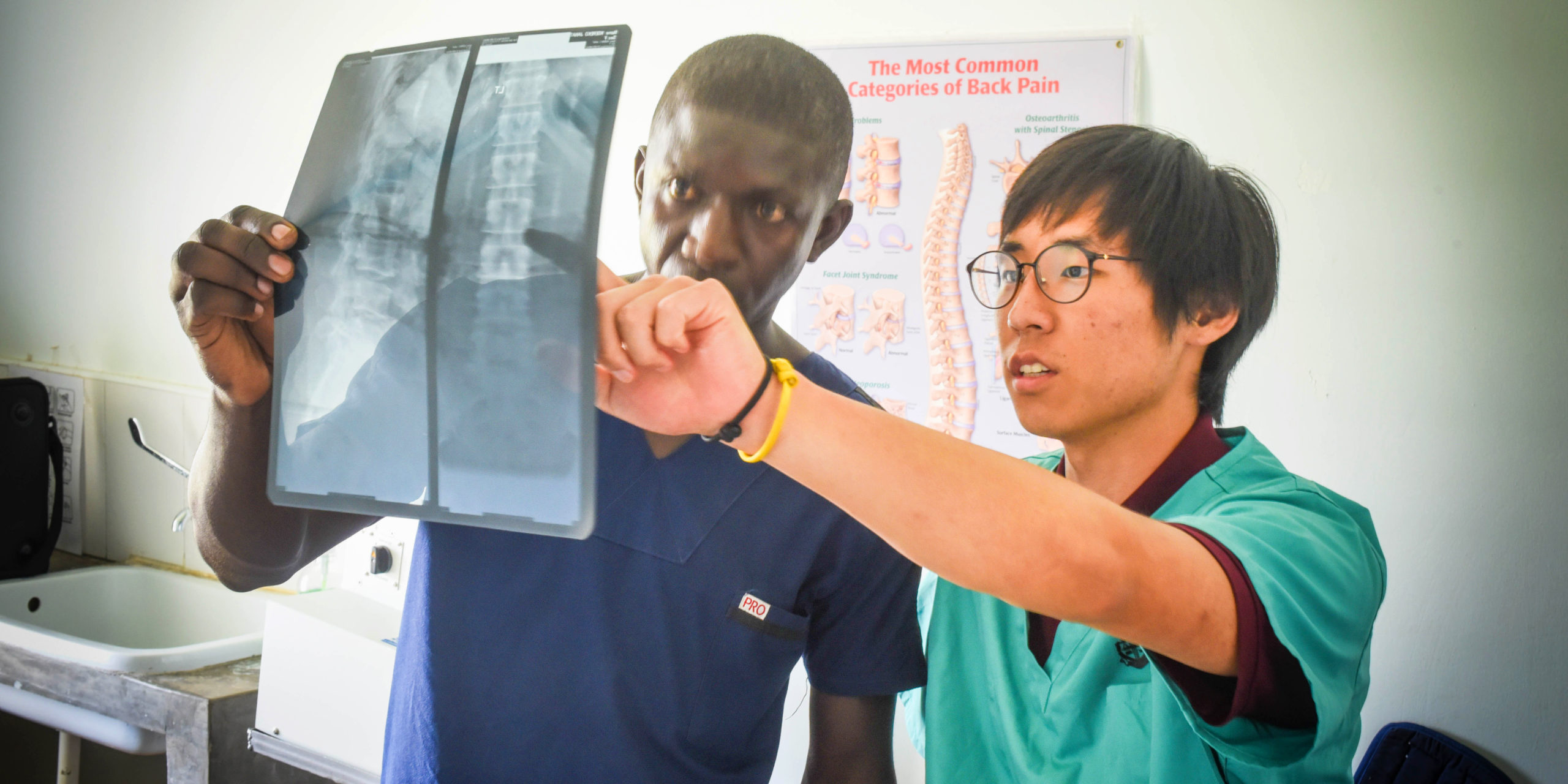Magazine

Diversity and Experiential Learning
Spring 2020
Kimberly Battle-Walters Denu
As a first-generation college student who grew up in south-central Los Angeles, traveling and studying abroad was not an idea that I considered nor was encouraged to contemplate. That changed my senior year of high school. My Spanish teacher, whose accent I adored, urged me to consider being an exchange student to the Dominican Republic. Anxious to go, I shared this information with my parents and raised money to make this opportunity a reality.
After arriving in Santo Domingo, and after the excitement wore off, culture shock commenced. I suddenly felt lost, disheveled, and aware of my otherness in a community that was very different from mine in many ways, yet surprisingly similar in others. In time, I reluctantly began to push past my own cultural myopia, language challenges, and ethnocentrism to experience, see, and understand the beauty of a different culture. In this context – a classroom without walls – I was able to listen, learn, and appreciate people who had different lived experiences in a way that no classroom or college course could have ever fostered.
Looking back, my time as an exchange student helped shape my worldview and biblical understanding of God’s love for all of humanity, regardless of region, nationality, language, or color. It allowed me the space to grapple with my own “isms” and biases. Lessons learned there would later help me, as an African American woman, successfully thrive at a predominately white Christian college. It would give me the tools to live outside of the U.S. in four other countries – the Dominican Republic, Japan, Ethiopia, and South Africa. It would enable me to travel, teach, and serve in over 40 countries – but it would also compel me to return to serve in my inner-city community. It helped me to understand what I call “glomestic diversity” – the important intersection of domestic, international, and global diversity. It taught me the value of seeing both the beauty and uniqueness of a place, as well as the systemic inequities and hegemonic practices that exist everywhere.
So what is the connection between glomestic diversity and experiential education, and how do we get our students to engage the world around them? Although data show that our students are connected to the world via social media, research also points to a growing chasm of social isolation. More of our students are on Facebook, but fewer of them are connecting face-to-face. Many are losing the ability to engage others on important topics such as diversity, civility, and matters of faith.
This is where I believe experiential learning can be a game changer. Christian higher education can lead the way in helping students not only connect with the world around them but also engage and impact it. When a student from Idaho has the opportunity to live with a family in Kampala or to explore life in an urban community in Los Angeles, it helps him or her become more culturally competent and culturally humble. It teaches the student to live and respect others in a pluralistic world while being empathetic to different lived experiences.
These lessons can’t be replicated in the classroom alone because they are birthed in organic, authentic, and indigenous contexts that are away from the student’s comfort zone. The challenge of being unfamiliar, uncomfortable, and unscripted promotes growth, moving students beyond exotic tourism to engagement in these distinct ways:
- Being unfamiliar. In settings that are foreign to their own experiences, students are forced to wrestle with their inner discomfort and cultural disequilibrium. Christ-centered liberal arts experiential education can prepare students to engage diverse perspectives without disintegrating or forcing others to assimilate to what they are comfortable with, while also encouraging them to lean into their faith.
- Being uncomfortable. While we want each student to have a rich experience, this does not equal comfort. In fact, for students to get the most out of experiential education, they have to grapple with discomfort in some way and be willing to sit with unease. By sitting in their discomfort, they gain a strength, grit, and cultural humility that they would not otherwise find.
- Being unscripted. Although we teach our students to be planners, living in diverse communities causes them to see that they cannot plan for everything. In fact, a lot of the “good stuff” happens without their help at all. While living in diverse local communities, they learn to go with the flow and to embrace the moment. This is not taught – it’s caught!
Will experiential learning/study away programs help every student become a diversity ambassador, more socially conscious, a good neighbor, or a better Christian? I won’t speak for others, but I do know one thing – it changed me.
Kimberly Battle-Walters Denu, Ph.D., is the CCCU’s vice president for educational programs.